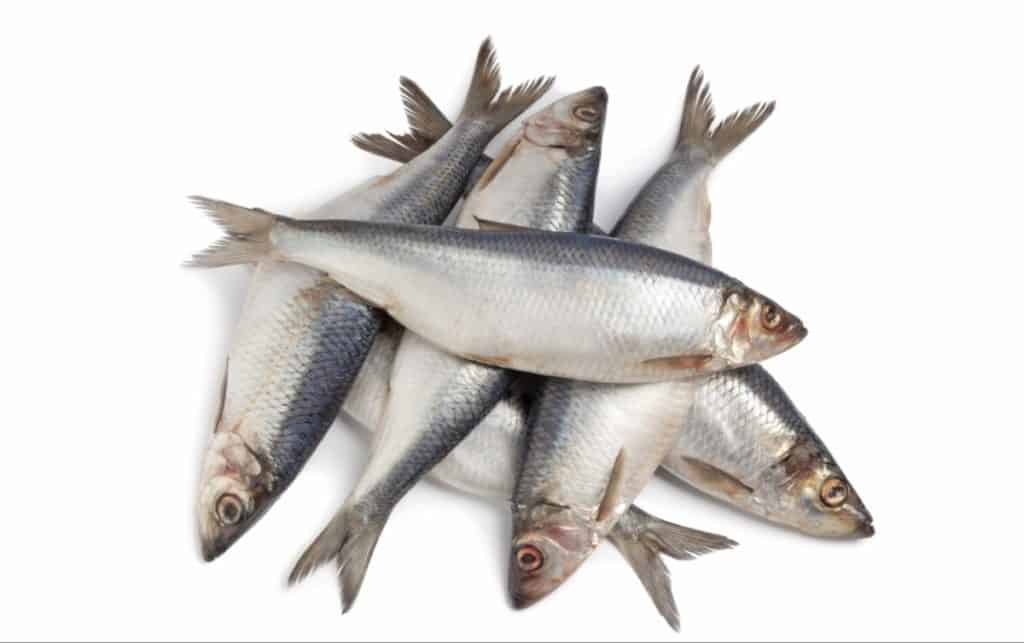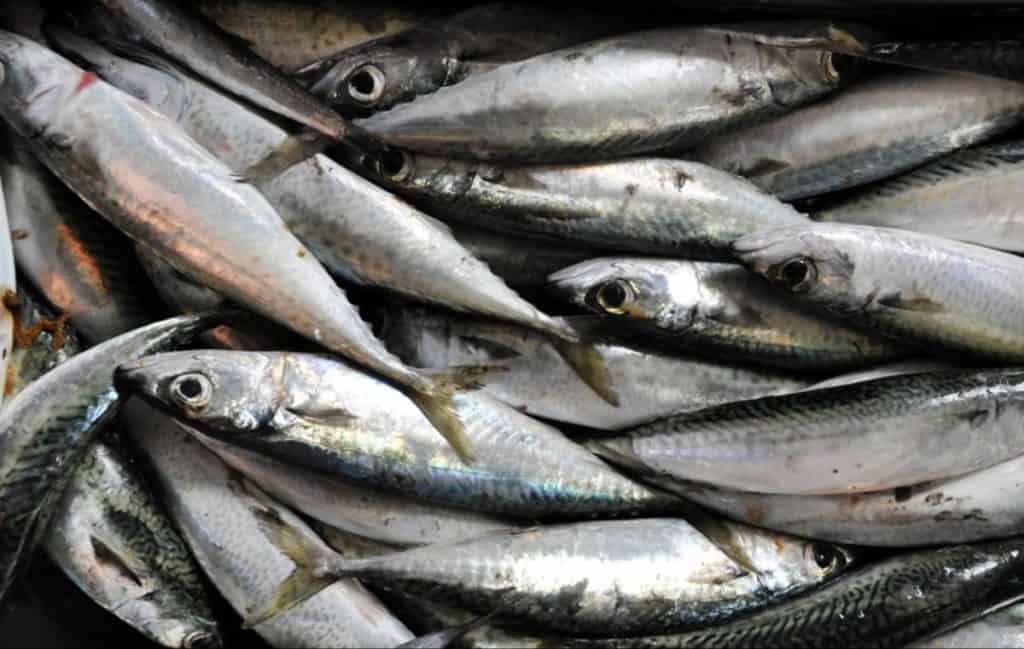Ask any ice fishing enthusiast, and they will tell you that it’s all about the bait. And given that minnows are a popular choice for catching the walleyes, bass, sturgeon, and other fish breeds that swim under the ice, they will also tell you that taking care of your minnows is every bit as important. For many fishing hobbyists, their first introduction to the hobby was going to the local bait shop, buying these minnows as bait, and transporting them from the shop in a bag. Of course, there are many daunting questions regarding minnows, and one of the main ones is this: how long will these minnows live in this bag? That’s a good question, and it depends on a number of different factors. Consider the following:
It all depends on the temperature.
Your minnows will have the potential to live much longer in a bag if you keep the water below 60 F. Periodically add ice cubes to the bag. Secondly, have the fish dealer add real oxygen to the bag and you will get up to 5 or 6 days survival time from your shiners or flatheads. Read on for more tips.
Of course, you should also be careful about how you obtain the ice cubes. Generally, they should be from non-chlorinated water because that additive is fatal to these minnows. Additionally, make sure that your store your minnow in a cool, dry place. Naturally, the sun beating down on your minnow bag will heat up the water and potentially kill off your bait.
Be careful with how many minnows you have placed in this bag.
It is very important to consider how many minnows you have in your bag. Generally, for each quart of water that your bag holds, you should have no more than nine minnows. An overpopulation of minnows will cause them to use too much oxygen, and like many other organisms, they need that to survive. Additionally, the lack of oxygen in the bag will also cause it to overheat, so this is a double whammy that you definitely want to avoid. Either way, you definitely don’t want to lose your investment.
Of course, there are other questions you might have concerning minnows. Indeed, yet another of the most popular questions regarding minnows would be, “just how do you go about catching them yourself?” Well, there’s no need to make this harder than it actually is. It’s a fairly straightforward and simple process, as long as you follow the steps:

Design your trap.
Once you have purchased your minnow cage, you will notice that it will usually come in a torpedo shape. You should modify one end of it with pliers so the minnows will only have one opening and will get stuck in it.
Place your bait
After closing one end up, all you have to do is open one of the latches in order to place the bait. The good news is that you can use literally anything for the minnows, including leftover bread, crackers, or even pet food.
Include a glow stick in your trap.
You will have the potential to catch more minnows because they are attracted to bright lights. You can use plastic ties or some string to suspend the stick. Alternately, there are some minnow traps that come in silver color, and this also will readily attract them.
Attach some string to the trap.
Tie several feet of string to the trap, all the while making sure that the device is in as inconspicuous an area as possible. After all, you wouldn’t want someone to come upon your trap and steal your catch! Of course, you should attach the string to a fixed point on the shore, such as a large rock, a tree, or the docks. You also should place some rocks inside the trap so that it is weighed down further.

Orient and organize the minnow trap correctly.
When placing your minnow trap in the water, you should ensure that you place it near some debris and have it facing in the direction of the current. Moreover, you should have the trap fairly close to the shore.
Spread your bait.
For this step, you will learn immediately why it is important to have your trap facing the current. You see, it doesn’t matter whether you place the bait inside your trap or even along the outsides because the current will carry the smell of the bait and it won’t be long before the minnows will start swimming toward your trap.
Don’t be tempted to take up your trap right away.
In most cases, you will see minnows coming to your trap almost immediately. However, you should resist the temptation to grab the minnow trap right away. If you wait a few hours, you will many more minnows to use as bait. Additionally, if you use a secured bait such as tuna in the can, it will often increase your chances of getting higher-quality minnows.
Put the minnows in a bag or a bucket.
Ideally, you should place your minnows in a bucket with an aerator device if you place on storing them for a long period of time. However, if you don’t have a bucket, you can still place them in a bag. Empty a drog of hydrogen peroxide to help the oxygen levels high for a longer time period.
What do you do if your minnows still die?
If you have dealt with minnows for any length of time, you probably quickly realized that they can be very fragile creatures. What do you do if your minnows die while you are storing them? And what of the fact that there are some states that won’t allow you to transport live bait to a certain destination? It can get a bit tricky for sure, but the good news is that yes, you can use dead minnows for your bait as long as you take the appropriate steps. Take the following into consideration:
Research which types of fish will still respond to dead minnow as bait.
While there is no question you would get a better quality catch if you use live bait, there are still plenty of fish that will respond to your bait consisting of deceased minnows. For example, there are some fishermen that swear by using dead minnows to catch walleye. Yes, you read that right. Walleye. While it is true that they have a strong preference for live prey, you have to remember that at their very nature Walleyes are predators. So yes, they will indeed go after a dead minnow as bait if you are persistent enough.
Another fish that will respond to a bait consisting of deceased minnows would be Nothern Pike. This breed of fish has literally become known as the “water wolf” because of its intense predator activities in their habitat. Not only do they enjoy the “thrill of the chase” but like any other hunter, they also at times desire to take the “path of least resistance.” Even though a dead minnow wouldn’t be nearly as challenging as live prey, the Northern Pike will still go after your deceased bait simply because they can burning too many calories for this easy meal. Of course, the joke is on them in the end.
Finally, catfish have an affinity for dead minnows as well.
Believe it or not, but bait shops will often go as far as giving away their dead minnows for free. The reason? It’s because when they decompose they have a tendency to cause an offensive odor in the dumpster or trash can. An expert catfishing enthusiast also realizes that decomposition can cause other problems as well. One of these would be the fact their heads will fall off. Thus, many catfish hunter will go ahead and remove the dead minnows head just before they cast it out into the water. Additionally, most catfishermen are very meticulous about their fishing boat, and they will keep these catfish on ice throughout the entire fishing trip in order to avoid that same smell.
Needless to say, if you’re into catching catfish and ONLY catfish (there are quite a few out there, believe it or not) then you need to understand their behaviors. Thus, you should know that catfish actually respond better to dead minnows than live ones. Moreover, it helps if they have recently been killed as well, otherwise you might end up catching a lot of bass along with the catfish.
Preserving Your Dead Minnows For Later
Finally, when it comes to dead minnows, the other elephant in the room is this: what if you want to save them for later? There are many valid reasons why you would. For example, even though we all love fishing, we all have a life and responsibilities beyond the water. Spouses, jobs, kids, bills, and the list goes on and on. However, you certainly don’t want to waste your good minnow bait. If only there were some solid methods for preserving them for later….well, there is!
First of all, you could consider “pickling” these dead minnows, otherwise known as placing them in a preservative fluid. The first step is to get yourself some mineral oil, isopropyl oil (also known as rubbing alcohol) in a 70% solution, and Ethyl alcohol in 70 proof or higher.
The first step is to put the dead fish in a sealed container such as a plastic bag, plastic jar, or a glass with a lid. You also can add scents such as garlic salt, anise oil, or a commercial fish attractant. Cover the fish completely with this mixture, and then seal the jar up. One of the main advantages of this method is that you can store it without refrigerating it. Finally, you should keep this mixture sealed up for at least 14 days so that the VHS virus does not propagate among the dead minnows.
You also could preserve these minnows using a solution of salt or borax. You would start this process by obtaining a couple pounds of non-iodized salt and a half cup of borax. Then you should find some type of container where you can put two drainage holes in the bottom. Put this mixture of salt and borax into the container and be sure to cover the bottom of it with the mix. Lay down the first row of minnows, and cover them with the mixture. Add another row of minnows and do the exact same thing you did with the first row.
You should keep them in this container for at least two weeks because it will ensure that the VHS virus isn’t allowed to run rampant within the mixture. Additionally, the reason you want the two drainage holes at the bottom is that these deceased minnows have a tendency to produce a slimy substance that will ward off any fish you are trying to catch. The drainage holes will help to prevent that. Moreover, part of the reason why you want to include borax in this container is that it will keep the minnows as tough as possible; they will not totally disintegrate once you are able to cast them out into the water. This method will also produce a slight odor under the best of circumstances, so it’s probably best to do this process in a garage or a ventilated area. You can separate some of these minnows out once they are dried out and put them in your tackle box along with a bit of the salt/borax solution.
you may be able to buy live monnows and have them shipped from here.
Of course, besides these methods, there are other tricks people have tried for freezing minnows (although that’s generally not recommended). Some freeze their minnows in sawdust, and some in cheap vodka. Either way, you can ask a fellow fisherman what methods they use.
Of course, an important first step to any preservation technique for your minnows is to make sure the VHS virus is completely inactivated. One way to accomplish this would be through heating your minnows to a temperature of at least 140 degrees fo a period of fifteen minutes. You could put them in your oven or some other heating machine, and this would incapacitate the virus and all you to dry your minnows for when you are out on the ice or water!
P.S. I’d Love Your Support On YouTube

